Toothpaste isn’t a product I’ve ever felt the need to experiment with, since almost every brand looks the same and feels the same to me, so I was intrigued when I saw Lush’s tooth products, which are completely dry – which totally confused me until I remembered that you brush your teeth beside a tap, and saliva exists, so it’ll end up wet anyway.
Lush have two tooth cleaning products: Toothy Tabs and Toothy Powder. Both products are dry, so they’re handy for travelling (no leakages or liquid allowances to worry about!).
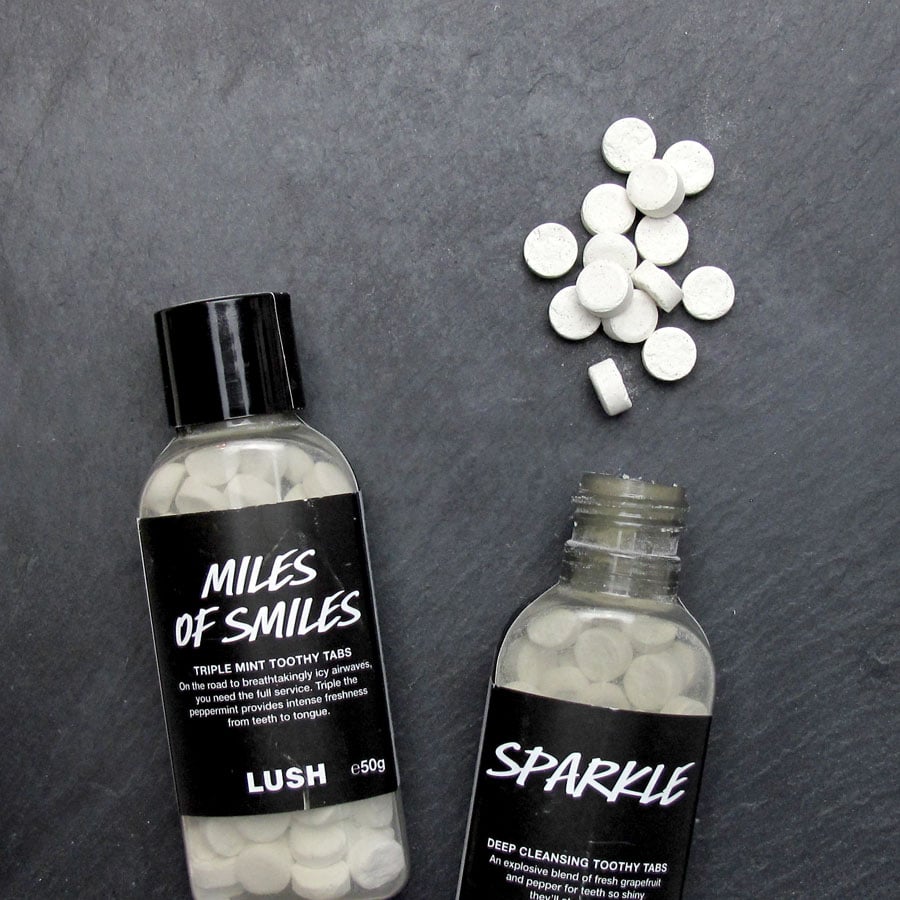
Are Lush’s Tooth Products Too Abrasive?
First up, a bit of clarification: I’ve heard the rumour that Lush’s tooth products were too abrasive and could cause excessive tooth wearing, but once I actually Googled it, it turned out to easily busted thanks to some figures posted by Lush.
Teeth are made up of hard enamel and softer dentin, so a toothpaste’s abrasiveness is rated using its relative dentin abrasivity (RDA), with a higher RDA translating to greater abrasion, with the FDA-approved limit set at 200. The RDAs of some common toothpastes are listed here, with most whitening toothpastes at around 150-200 RDA. Lush’s Toothy products are on the low end of the scale (31-96). (I’m so glad they posted these numbers – I had a whole bunch of Moh’s hardnesses pulled up for some comparison work but this is much better data!)
Onto the products in action…
Lush Toothy Tabs
Toothy Tabs are small powdery tablets that come in a 100% recycled and recyclable plastic bottle. They used to come in a cardboard box, but I’m guessing the box got wet easily and all the tablets got ruined (contrary to my gut feeling, cardboard is usually less environmentally friendly than reused plastic!). You break a tab up between your teeth, do your best not to swallow it, then take your toothbrush and brush your teeth normally. Toothy Tabs comes in a range of flavours, including 6 new ones:
- Sparkle – lemon, grapefruit and pepper
- Miles of Smiles – triple mint (2 types of peppermint and wild mint)
- Limelight – lime, lemon, baobab fruit
- Oral Pleasure – rose oil, vanilla, daisies, passionfruit
- Dirty – spearmint and neroli
- Bling – orange and frankincense
- Boom – sea salt, aniseed, pepper, cola
I tried Sparkle and Miles of Smiles. I was a little wary of the un-toothpaste-like flavour description of Sparkle, but after using it twice I got used to it quickly. Miles of Smiles is in traditional mint territory, though it’s a lot more minty and less sweet than my usual toothpaste. My teeth felt squeaky clean after brushing.
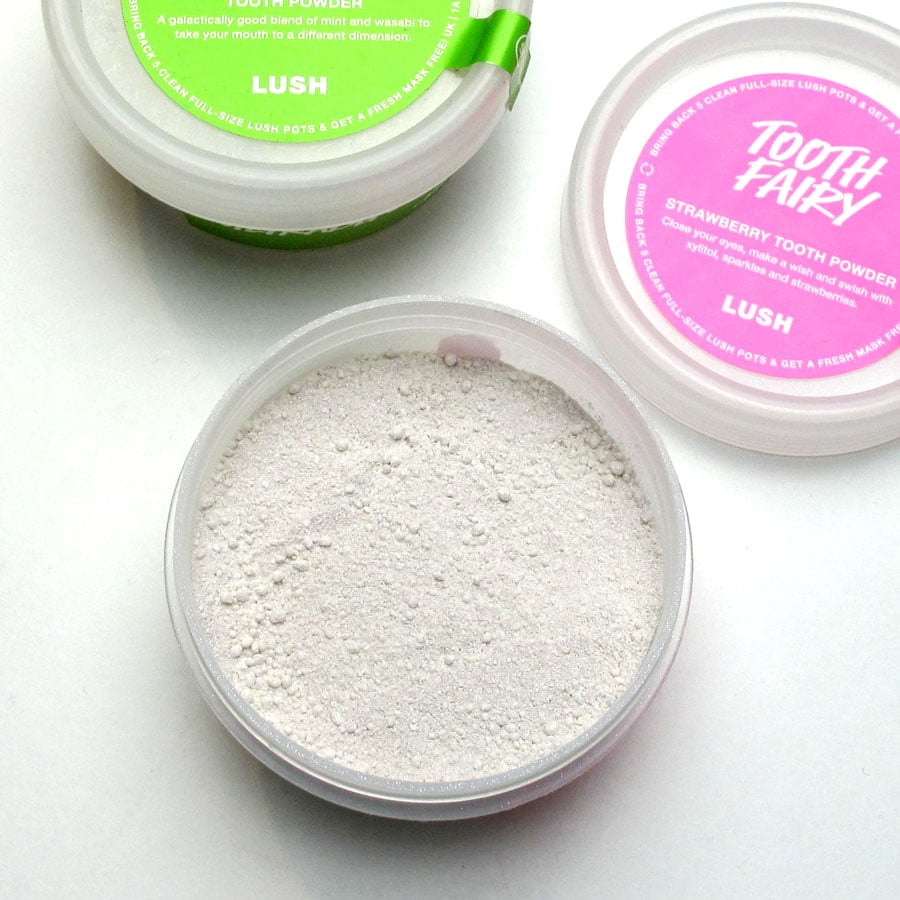
Lush Toothy Powders
Toothy Powders work on a similar concept – you dip your wet toothbrush into the powder to pick some up, then brush normally. I found this a bit less convenient than the Toothy Tabs, and I’m pretty sure I’m going to drop the whole tub onto the floor some day. These also come in a range of interesting flavours:
- Tooth Fairy – strawberry
- Ultrablast – mint, watercress and wasabi
- Atomic – coffee, cardomom, cinnamon and clove
I’ve heard good things about Tooth Fairy, but I found that the strawberry flavour was a bit too weird and artificial for me. I enjoyed Ultrablast a lot more – it’s minty and refreshing, but not quite like a traditional toothpaste flavour. I haven’t tried Atomic yet. My teeth felt clean after brushing, but not quite as clean as with the Toothy Tabs. I suspect it’s because it’s slightly harder to use, so it’s harder to distribute the powder evenly over my teeth.
Toothy Tab and Powder Ingredient Analysis
Here are the ingredients in Sparkle and Miles of Smiles Toothy Tabs:
Sparkle: Dicalcium Phosphate Anhydrous, Sodium Bicarbonate, Cream of Tartar (Tartaric acid), Sorbitol, Lauroyl Sarcosine, Kaolin, Lemon Peel Powder (Citrus limonum), Sicilian Lemon Oil (Citrus limonum), Limonene, Black Pepper Oil (Piper nigrum), Grapefruit Oil (Citrus paradisi), Fair Trade Organic Black Pepper Powder (Piper nigrum), Fine Sea Salt, Sodium Saccharin, Citral, Linalool, Flavour
Miles of Smiles: Dicalcium Phosphate Anhydrous, Sodium Bicarbonate, Cream of Tartar (Tartaric acid), Sorbitol, Lauroyl Sarcosine, Kaolin, English Peppermint Oil, Organic Peppermint Oil, Wild Mint Oil, Sodium Saccharin, Limonene, Linalool, Flavour
And in the Tooth Fairy and Ultrablast Toothy Powders:
Tooth Fairy: Calcium Carbonate, Beetroot Powder (Beta vulgaris), Sorbitol, Lauroyl Sarcosine, Snowflake Lustre, Arrowroot (Maranta arundinacea), Kaolin, Sodium Bicarbonate, Flavour, Hydrated Silica, Strawberry Extract (Fragaria vesca), Lemon Oil (Citrus limonum), Stevia (Stevia rebaudiana), Xylitol, Citral, Geraniol, Limonene
Ultrablast: Calcium Carbonate, Sodium Bicarbonate, Cream of Tartar (Tartaric acid), Sorbitol, Lauroyl Sarcosine, Garden pea powder (Pisum sativum), Kaolin, Peppermint Oil (Mentha piperita), Spearmint Oil (Mentha spicata), French Organic Lavender Oil (Lavandula angustifolia), Wasabi Powder (Wasbaia japonica), Fair Trade Organic Dried Spearmint (Mentha spicata), Coarse Sea Salt, Sodium Saccharin, Limonene, Linalool
A typical toothpaste contains abrasives and surfactants to clean the teeth. The abrasive is a powder which acts like fine sandpaper to remove surface stains and residue, while surfactants cause bubbles and help oily substances dissolve in water so they can be washed away.
All the Toothy Tabs contain anhydrous dicalcium phosphate and sodium bicarbonate (baking soda) as their abrasives, and lauroyl sarcosine as their surfactant. The Toothy Powders have a similar composition, except with calcium carbonate as their main abrasive. Additionally, most of the products (with the exception of Tooth Fairy) also contain tartaric acid, which reacts with sodium bicarbonate to create carbon dioxide gas to give a greater foaming effect (it’s the same chemical reaction as the one in fizzy sherbet, primary school volcano models, rising cakes and bath bombs).
Comparison to Toothpaste
The big differences in formulation between traditional toothpastes and Lush’s toothy products are:
- Lush’s Toothy products are free from sodium lauryl sulfate (SLS). Sodium lauryl sulfate foams amazingly well, but it’s also a very harsh surfactant that causes skin irritation. There are conflicting studies on whether SLS contributes to canker sores (mouth ulcers or aphthous stomatitis), but it does seem to at least delay their recovery and make them hurt more. If, like me, you’re in agony for a week and can’t talk or eat without pain every few months thanks to these miserable bastards, SLS-free products like these may be worth a try.
- Lush’s Toothy products don’t contain fluoride. This is my main gripe with these products! Fluoride is used to harden tooth enamel by transforming it from the natural hydroxyapatite to the harder, more acid-resistant fluorapatite, so you end up with less cavities. There’s fluoride in tap water, and in mouthwash as well, but I still feel like I’m missing out.
- Lush’s Toothy products don’t contain water and humectants, the main ingredients of toothpaste, which is why the size of the Toothy tab is smaller than the size of your usual toothpaste dollop. This makes it more convenient in terms of travel-related leakages, carry-on liquid allowances and weight.
Price
Lush Toothy Tabs: According to the old boxes of Toothy Tabs that contained 40 tablets and were marked at 14 g, the current bottles should hold about 140 tablets. They cost $10.95, which translates to 7.8 cents per brushing. (I assume the Toothy Powder works out to be roughly the same – I end up using less than a tab’s worth of powder each time.)
According to Colgate, 1 cm3 = 1 mL toothpaste is used per brushing, which makes a 110 g tube of low-to-midrange Colgate Total Care ($3.85 at Coles) work out to be 3.5 cents per brushing. As another point of comparison, the most expensive toothpaste at Coles (Sensodyne True White Mint Toothpaste) works out to be 14 cents per brushing.
So while Lush’s Toothy Tabs aren’t the most expensive, they’re not as budget friendly either, considering that they don’t contain any whitening or sensitivity-improving ingredients or fluoride. I haven’t taken into account the wastage in a typical toothpaste tube though – it’s very easy to finish the Toothy products completely, whereas with a typical toothpaste tube, 1-13% of the product is wasted.
Verdict
Depending on what you want in a toothpaste, Lush’s Toothy products might be worth the slightly higher price, or they could be a massive disappointment. They’re great for travel, don’t contain SLS and come in interesting flavours, but they also don’t contain fluoride and the powders can be messy. Being clumsy, I much prefer the Toothy Tabs!
Toothy Tabs are $10.95 for 55 g, while Toothy Powders are $10.95 for 35 g. Sparkle and Ultrablast can only be purchased at Lush stores stocking the extended range.
These products were provided for editorial consideration, which did not affect my opinion. For more information, see Disclosure Policy.


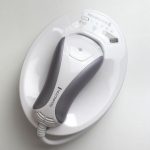
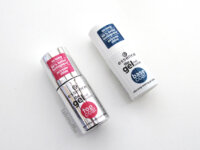
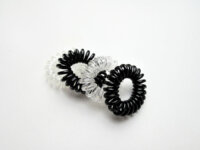
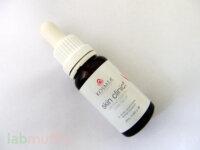
I would love to try Lush’s toothy tabs, but the lack of fluoride really frustrates me. Until they develop a product that does contain fluoride, I don’t think I’ll use it.
Yeah – technically you’d only need to fluoridate any newly exposed enamel, and fluoridated water does a lot of the work, but I’m too paranoid to exclusively use a fluoride-free product. Dentists are expensive!
Dentist here. What’s arguably considered more important than the fluoride in the enamel crystals, is the formation of CaF. This precipitates on the tooth surface when fluoridated compounds like toothpaste (fluoridated water has too low a concentration for this to occur) are applied. The CaF acts as a reservoir of fluoride ions which are gradually released in low concentrations and can remineralise the enamel. Additionally, the fluoride diffuses into the bacteria in plaque to aid in bacterial death.
This is why fluoridated toothpaste is so important to prevent tooth decay. Fluoridated water alone is beneficial but it’s effects are more important for the developing dentition eg. children.
I’ve heard mixed things about the Toothy Tabs! The Tooth Powder is new to me – I can’t help but feel like it’s a little unhygienic to dip a wet toothbrush into it?
That’s definitely a risk. I only use a damp toothbrush so I don’t think I get much more in there than in a humid bathroom, but the lid is quite big. I think some of the ingredients might act as water-absorbing dessicants as well (calcium carbonate, kaolin), but I don’t know how it’d hold up with large drops of water in there.
The ingredients in the tooth powder apparently kill the bacteria left by a wet toothbrush.
(This is what I was told in-store)
What would you say to those that think unfluorinated is better? I’ve been disappointed to see brands like Dr. Brite or Tom’s touting that “all-natural” hooplah in hopes to attract those uneducated crunchy peeps.
Ugh. Fluoride is one of those really popular conspiracy theories, and a lot of people who believe them don’t really believe in numbers and studies, but I’d probably try to explain to them how fluoride works and give them some figures from the Cochrane review.
“Fluoride is a mineral that prevents tooth decay.” (Quoted from that article)
If the above is true then why do so many people still have tooth decay in this day and age?
Did you know that fluoride has been addded to our water since World War 2 when Hitler started adding it to the water in his concentration camps to make his prisoners submissive.
Also, fluoride in its natural form is not the same as the ‘waste’ fluoride that is added to our water and toothpastes.
this is a really informative post! I love Lush but haven’t kept up with them so I didn’t even know they had repackaged and expanded their tooth line. but I really liked the price and ingredient comparison. I don’t mind the lack of fluoride since it’s in my tap water and I don’t have particularly soft teeth. I thought they’d be more much more expensive compared to toothpaste, but it looks like it depends on the toothpaste you buy! Lush is never where I expect to get the cheapest things anyways, it’s definitely a splurge. I am up to my ears in fancy smelling soap though, so it’s cool to find something else I can get a little variety in.
Haha yeah – tooth products are one of the things I don’t try out a lot so this was a great novelty!
Did you know there isn’t enough fluoride in toothpaste to help your teeth anyway? Because too much fluoride can damage children’s teeth, store bought toothpaste has a very low level of fluoride in it, just in case a child swallows it. To get toothpaste (or mouthwash) that will actually strengthen teeth, you have to get a prescription from the dentist. So there’s no reason to avoid the Lush products just because they don’t have fluoride.
There’s a website called “Ask the Dentist” with a lot of great info on it 😀
I actually came across that site when I was looking for information for this post, but I don’t think his numbers are quite right – he states that fluoride in water is 1000 ppm when it’s actually closer to 0.7 ppm. I replied to his post on fluoride and toothpaste but it’s awaiting moderation, here’s what I wrote:
I think I am going to get the tabs for travelling by plane or going away for a weekend – they definitely seem handy and small plus you don’t have to worry about liquids on planes. For everyday use I would worry about the lack of fluoride but not so much during the hols. Alternatively you could always ask your dentist whether they have got small trial tubes – last time I went they even had them standing on the reception counter, containing enough tooth paste for a few days.
This isn’t strictly beauty-related, but I wondered if you could take a look at/ do a review on optrex’s new warming eye mask? I saw it today and was tempted to pick it up but it seemed gimmicky. Any thoughts would be much appreciated! <3
That product is super interesting, I’ll see if I can squeeze in an article on it! 🙂
You don’t have to waste anything in a toothpaste tube. When you can’t squeeze out any more, cut it in half. Squeeze what’s in the back end and scoop what’s in the cap-end.
You don’t think fluoride is harmful to health at all? Not that that surprises me hehe…
I would be more surprised if you did think controversy was justified about a certain ingredient.
Hi Michelle,
Something that’s caught my attention in the composition of the toothy tabs is the potential acid content with regards to the CO2 reaction. If it acidifies the mouth, that could potentially weaken enamel and increase susceptibility to abrasion despite the low RDA. Would you be interested in looking into the pH of the toothy tabs when mixed with water as well as in saliva (the buffering capacity is definitely a consideration)? Oral homeostasis is a whole other thing that I do have to stop and think about sometimes but I’m happy to chat as a dental student.
Cheers